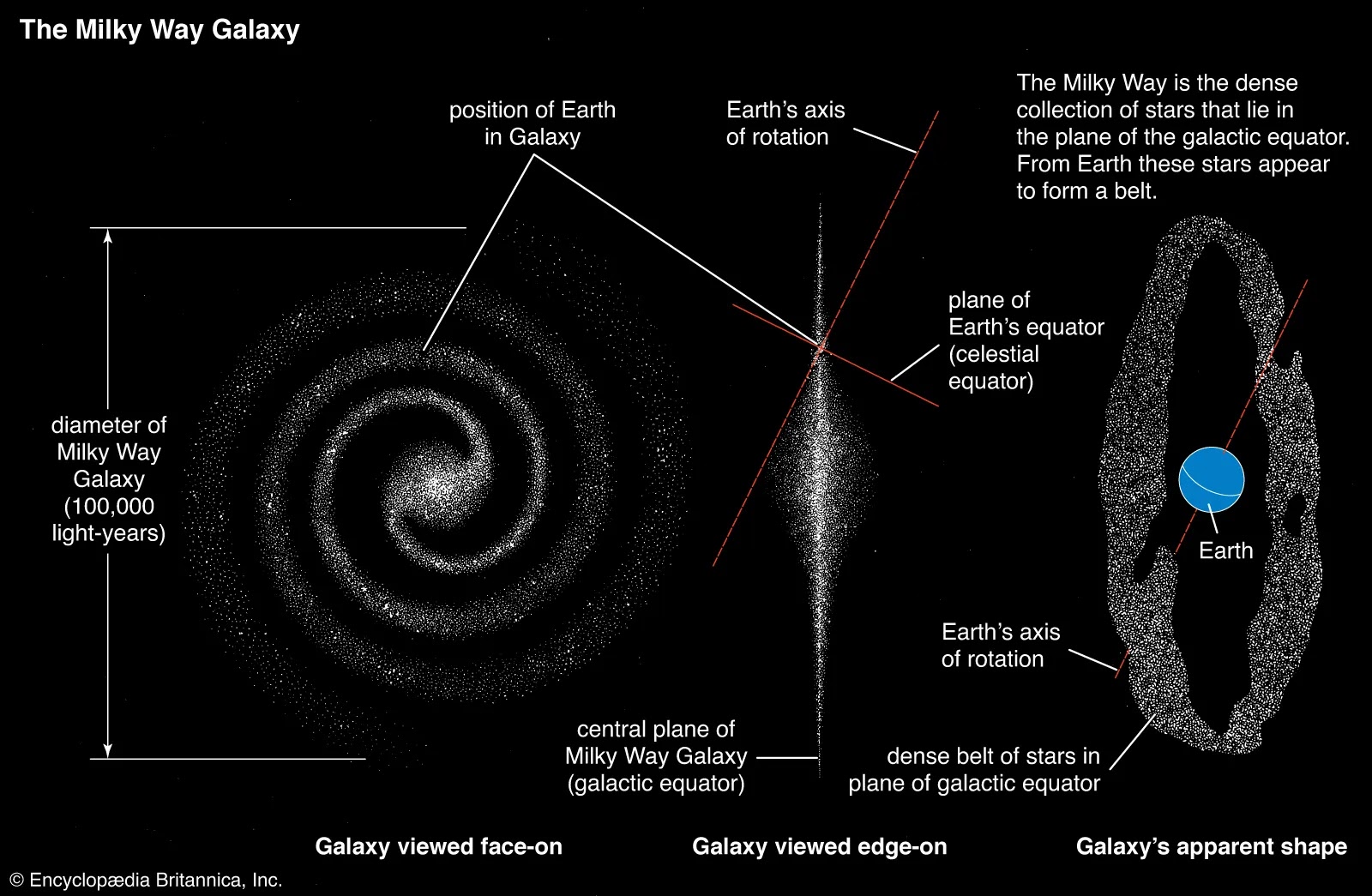New Insights into the Formation and Structure of the Milky Way Galaxy.
The Milky Way Galaxy, our home in the universe, is a massive and complex structure that has fascinated astronomers for centuries. While we have made great strides in understanding its basic structure and composition, many mysteries remain about its formation and evolution over time. In this article, we will explore some of the latest insights and discoveries about the formation and structure of the Milky Way Galaxy.
Galactic Archaeology One of the most exciting developments in recent years has been the emergence of the field of galactic archaeology. This involves studying the chemical composition and ages of stars in the Milky Way to learn more about its history and formation.
By analyzing the spectra of stars, astronomers can determine their chemical composition, including the number of heavy elements like carbon and iron. This information can then be used to trace the history of star formation in the Milky Way and gain insight into its evolution over time.
For example, studies have shown that the oldest stars in the Milky Way tend to be found in the central bulge and halo regions, while younger stars are located in the disk. This suggests that the Milky Way formed from the inside out, with the central regions forming first and the disk forming later from gas and dust that fell into the galaxy.
Mapping the Galactic Structure Another key area of study has been mapping the structure of the Milky Way in three dimensions. This is a challenging task due to the fact that we are located inside the galaxy and cannot see its full extent.
One of the most important tools in this effort has been the use of star clusters and pulsating stars called Cepheids as distance indicators. By measuring the distances to these objects, astronomers can build up a detailed map of the Milky Way's structure, including its spiral arms and the location of its central black hole.
Recent studies have also suggested that the Milky Way may be much larger than previously thought, with a radius of up to 200,000 light-years. This would make it one of the largest galaxies in the local group, and may have important implications for our understanding of its formation and evolution.
New Insights into Galactic Collisions Another area of active research has been studying the effects of galactic collisions and mergers on the structure and evolution of the Milky Way. It is thought that the Milky Way has undergone several such events in its history, including a merger with a smaller galaxy called the Sagittarius Dwarf Galaxy.
Recent studies have shown that these mergers can have significant impacts on the structure and dynamics of the Milky Way, including the formation of new stars and the disruption of existing stellar populations. Understanding these processes is crucial for building a complete picture of the Milky Way's evolution over time.
Conclusion
The study of the Milky Way Galaxy is a fascinating and rapidly developing field of astronomy, with new insights and discoveries emerging all the time. From galactic archaeology to mapping its structure and studying its collisions, there is still much to be learned about this vast and complex structure. With new telescopes and observational techniques on the horizon, there is no doubt that our understanding of the Milky Way will continue to grow in the years to come.





0 Comments:
Post a Comment
Subscribe to Post Comments [Atom]
<< Home